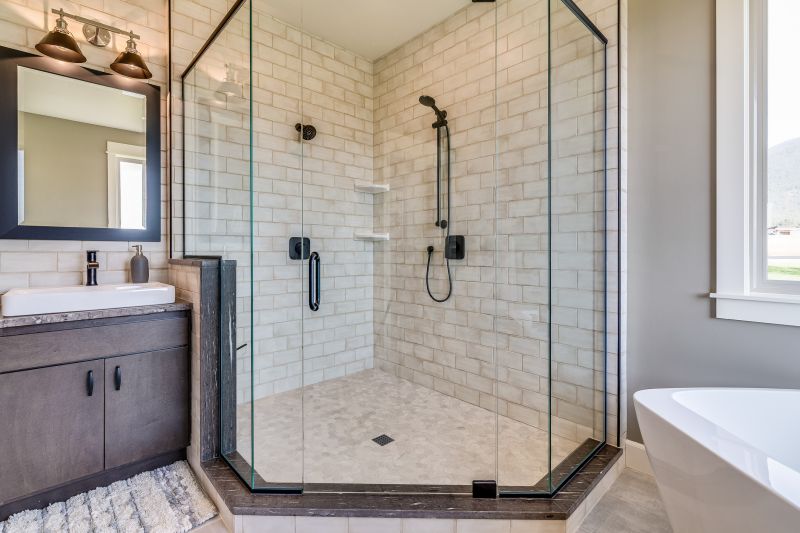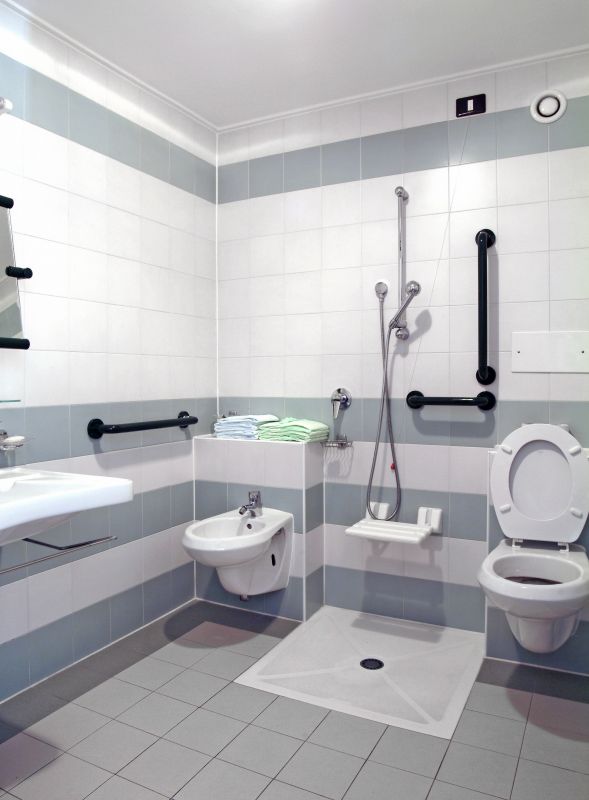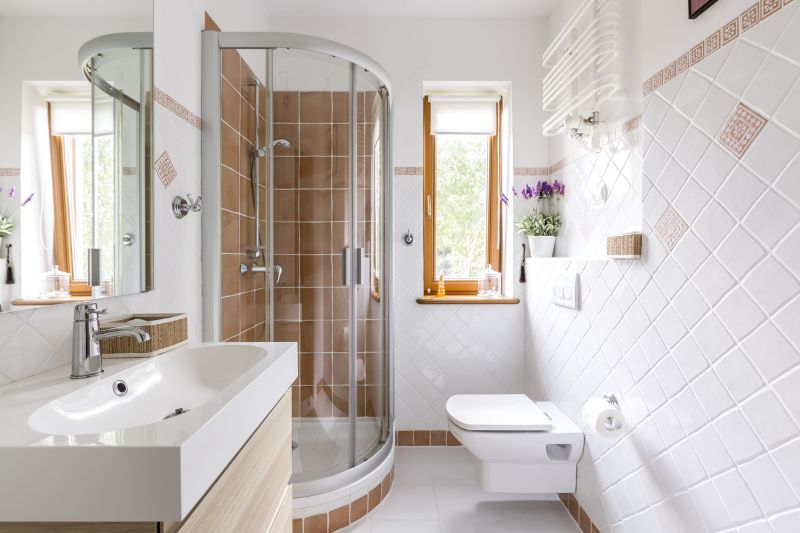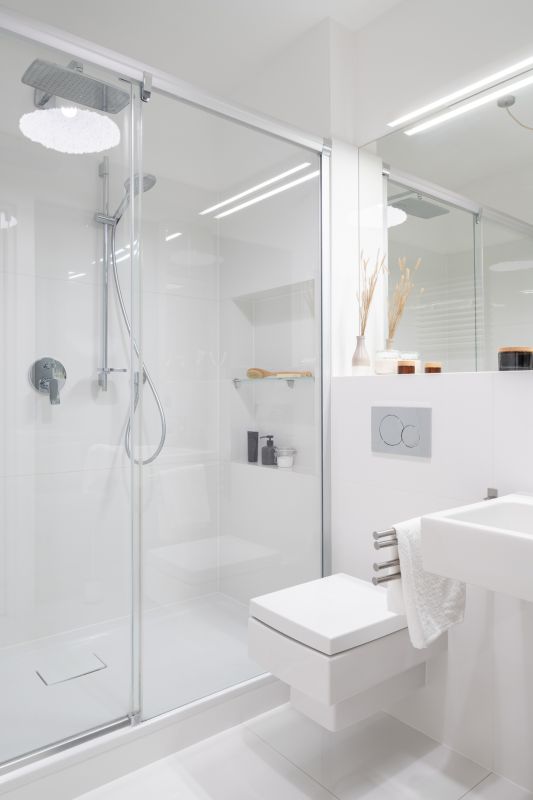Best Practices for Small Bathroom Shower Planning
Designing a small bathroom shower involves maximizing space while maintaining functionality and style. With limited square footage, selecting the right layout can significantly enhance usability and visual appeal. Various configurations cater to different preferences, from walk-in showers to enclosed units, each offering unique advantages for compact spaces.
Corner showers utilize an often underused space, freeing up room for other bathroom fixtures. They are ideal for small bathrooms, offering a compact footprint that does not compromise on comfort.
Sliding doors are a practical choice for small shower layouts, eliminating the need for clearance space needed for swinging doors. They provide a sleek look and ease of access.




Optimizing space in small bathroom showers often involves thoughtful layout choices. A walk-in shower with a glass partition can create an illusion of openness, making the room appear larger. Incorporating built-in niches or shelves within the shower area maximizes storage without encroaching on usable space. Compact fixtures, such as a combined showerhead and handheld unit, further contribute to efficient design.
| Layout Type | Advantages |
|---|---|
| Corner Shower | Utilizes corner space, saves room, easy to install |
| Walk-In Shower | Creates a spacious feel, minimal enclosure, accessible |
| Sliding Door Shower | Space-saving door mechanism, modern look |
| Recessed Shower | Built into wall, saves space, clean aesthetic |
| Compact Shower Stall | Maximizes small footprints, simple installation |
Incorporating innovative design elements can dramatically improve small bathroom shower functionality. Clear glass panels help maintain a sense of openness, while neutral color palettes and reflective surfaces enhance brightness. Choosing fixtures that are proportionate to the space ensures comfort without clutter. Additionally, clever use of vertical space for storage can keep the shower area tidy and organized.



